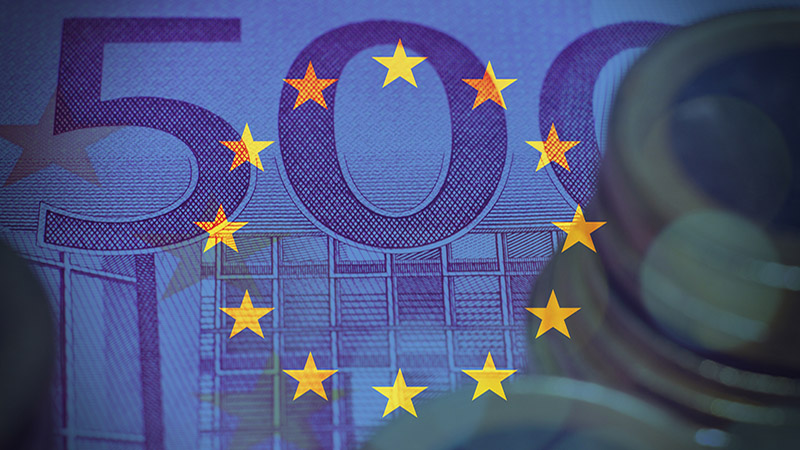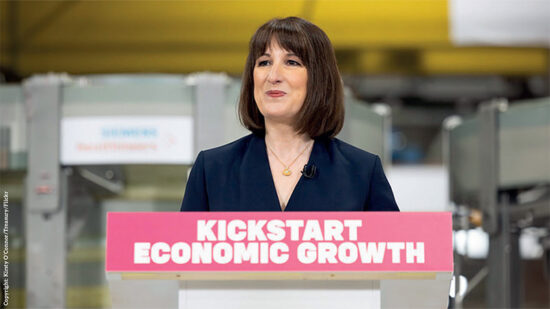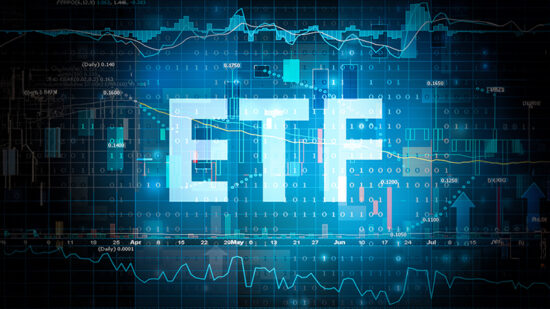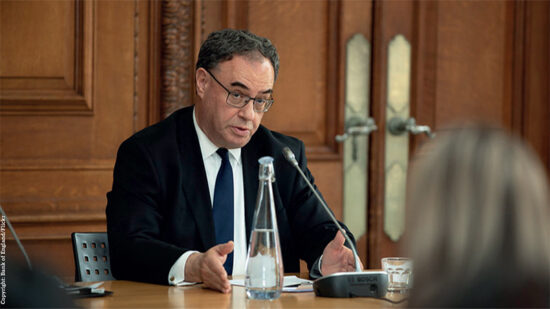Europe has fired the starting gun on rate cuts, dropping its main lending rate from an all-time high of 4% to 3.75%. It is the first time the ECB has cut rates before the Federal Reserve. The move may have given a small boost to the region’s stockmarkets in the short term, but it is possible that messy politics may now get in the way.
Europe’s stockmarkets had already started to accelerate ahead of the rate cut. For the year-to-date, the MSCI Europe is just behind the MSCI World (8.8% versus 9.8%), but it has started to pull away over the last three months, rising 7.2% versus 4% for the broader world index.
Luca Paolini, chief strategist at Pictet Asset Management, said the cut is important: “It is never completely priced in. As the first time the ECB has cut before the Federal Reserve, it is clear they want to make a point they are individual, and independent. There is a psychological impact that is not irrelevant. We don’t believe there will be a big bounce, but it should be supportive in the medium term.”
See also: Morningstar: European fund giants suffer outflows in December 2023
Europe is also benefiting from a wider rebalancing away from the US, he suggested. This is not because Europe is delivering better economic growth or its companies are delivering stronger earnings, but simply because starting valuations are more compelling, and financial markets are starting to pay more attention to fundamentals rather than the ebb and flow of monetary policy. The rate cut may accelerate this, but there are other factors at work.
Economic growth
The rate cut may give a marginal boost to the region’s economic growth, but as Paul Quinsee, global head of equities at JP Morgan Asset Management pointed out, there were already signs of improvement: “The euro area economy appears to be stabilising, input prices are down significantly, and pricing is resilient. European companies are paying more attention to their (often long suffering) shareholders too, in the form of dividends and stock buybacks. Unsurprisingly, the less fashionable banks and industrial sectors look especially cheap in our work.”
The latest PMI data supported this view. The HCOB Eurozone Manufacturing PMI rose to 47.3 in May, from 45.7 in April. While this is still below the 50 level that indicates expansion, it was the highest reading in the headline index since March 2023. Input costs fell again, suggesting inflationary pressures are ebbing. Dr Cyrus de la Rubia, chief economist at Hamburg Commercial Bank, also pointed to rising business confidence.
See also: Why European stocks could benefit most from revived risk appetite
The service sector looks even stronger, with growing output and hiring, and improving confidence. Cost pressures are still relatively high but are showing signs of deceleration. De la Rubia said: “The spectre of recession is off the table. This is thanks to the service sector, where the upswing has recently broadened. In Germany, we can now talk of an upward trend, Italy’s business activity remains solid, and Spain has improved from an already strong position. Only France has experienced a setback, slipping into slightly negative territory. Overall, the service sector is likely to ensure that the eurozone will show positive growth again in the second quarter.”
There remain pressure points. The eurozone economy grew by just 0.3% in the first quarter. This was a rebound from the 0.1% contraction registered in the fourth quarter of 2023, but is still slow by historic standards. There are also significant weak spots. Germany is still struggling to revive its industrial sector, for example.
It is also worth noting that the rate cut may come with a sting in its tail. Seema Shah, chief global strategist at Principal Asset Management, said: “A widening gap between US and Euro area policy rates risks putting downward pressure on the euro, in turn adding to inflationary pressures—a dynamic the ECB must fear.
“Although the euro area’s inflation fight has been impressive, recent inflation and wage data have surprised to the upside. Further euro depreciation would add to creeping concerns that euro area disinflation may be stalling.” Eurozone inflation jumped to 2.6% in May, up from 2.4% in April. The rise had been expected, but is still likely to generate some caution from the ECB.
Political unease
Another headwind for European stockmarkets could be the region’s increasingly fragile political situation. Far right parties made significant gains in the European elections, and may hold up to a quarter of the seats in the new European parliament. This prompted French president Emmanuel Macron to call a snap election for the National Assembly early July. German politics also look increasingly fragile, with Chancellor Scholz’s coalition partners hanging by a thread.
While there is no immediate threat to businesses from this political realignment, it may ultimately raise fears that more countries will break away from the EU. These parties agree on relatively few policies, but tend to agree on the principle of repatriating sovereignty from the EU back to the nation state. The UK experience shows how disruptive this can be.
The anticipation of an interest rate cut has improved sentiment towards Europe, and the reality of lower borrowing costs may continue to stimulate the region’s stockmarkets. However, the fragile political situation and a snap election in France may destroy some of that nascent confidence, even if the region’s economy is starting to improve. In aggregate, the benefits from a rate cut may be marginal.
This article was written for our sister title, Portfolio Adviser








